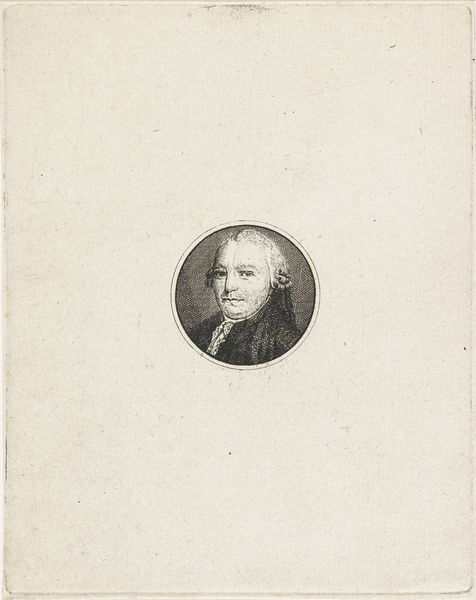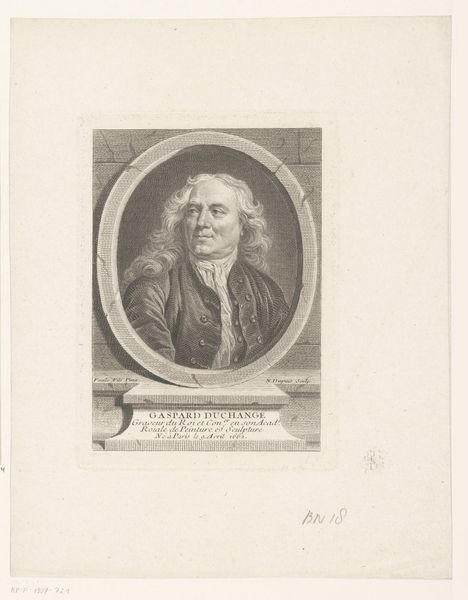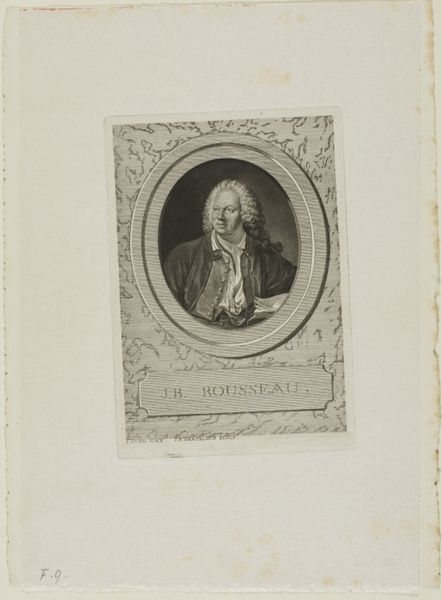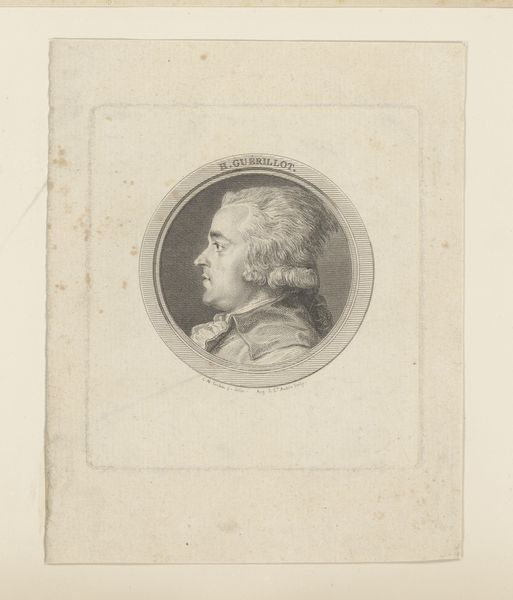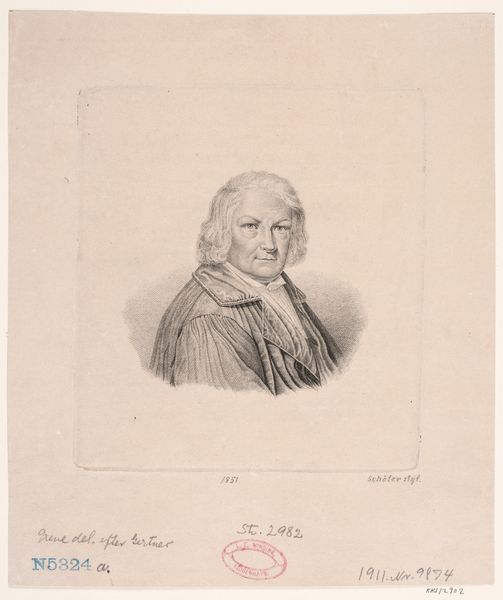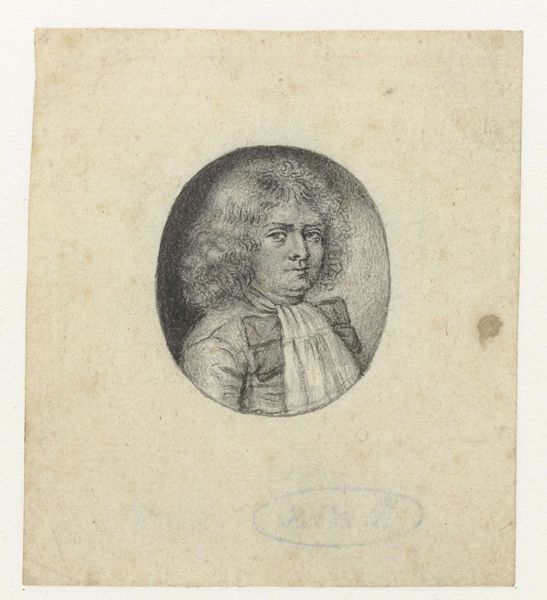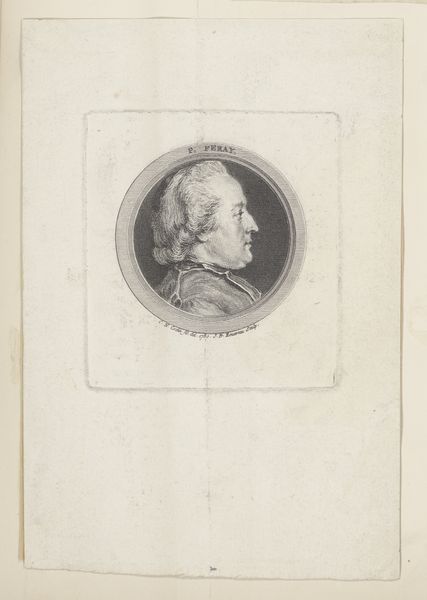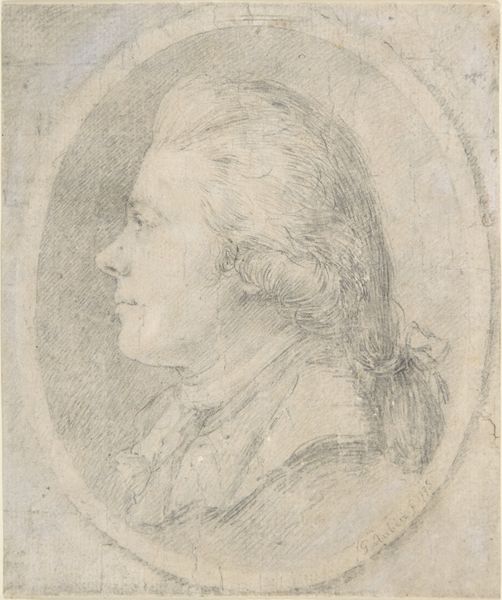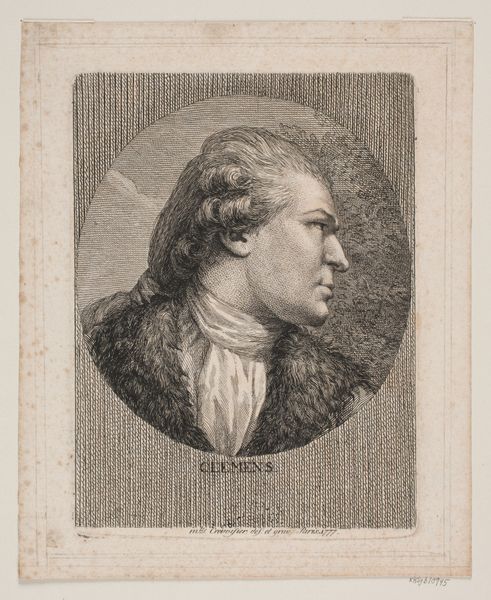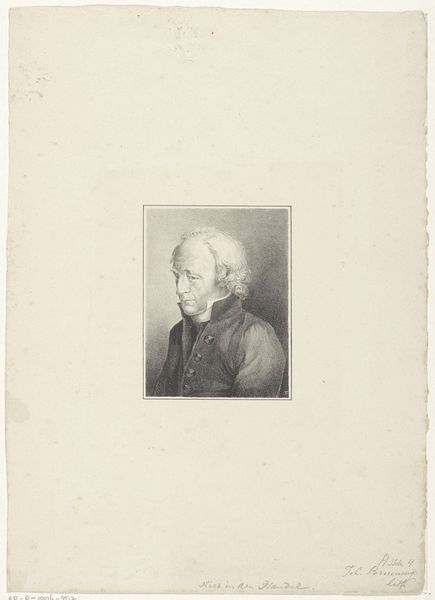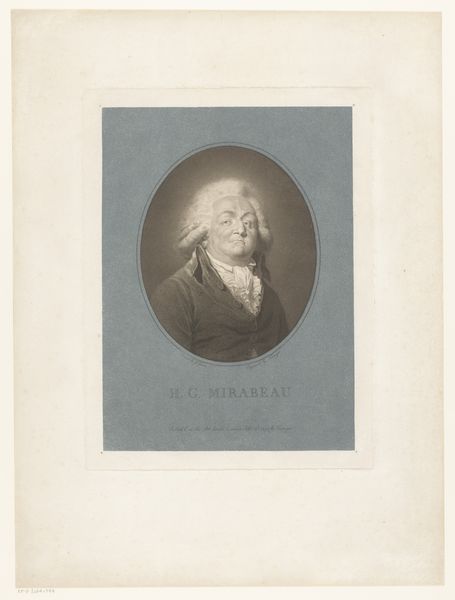
print, etching, drypoint, engraving
#
portrait
# print
#
etching
#
drypoint
#
engraving
Dimensions: 1 1/4 × 1 3/16 in. (3.18 × 3.02 cm) (image)2 × 1 7/8 in. (5.08 × 4.76 cm) (sheet)
Copyright: Public Domain
Charles-Émile Jacque created this etching, Head of a Man, in France at some point during his career. Jacque was one of the key figures in the revival of etching in France in the mid-nineteenth century. The etching process, using acid to incise lines on a metal plate, allowed artists to create multiple original prints and reach a wider audience, outside of the traditional Salon system. Here we see a bearded man rendered with quick, economical lines against a blank background. The print is small, like a visiting card, intended for circulation among friends and collectors. Jacque’s chosen subject matter, a simple portrait, aligns with the Realist movement's focus on everyday life and ordinary people, challenging the academic hierarchy of genres. Art historians piece together the social and institutional context through archival research, revealing the artist’s connections to printmaking societies and alternative exhibition spaces. This approach shows how art is always embedded in specific times and places, shaped by the available technologies, institutions, and social movements.
Comments
No comments
Be the first to comment and join the conversation on the ultimate creative platform.
